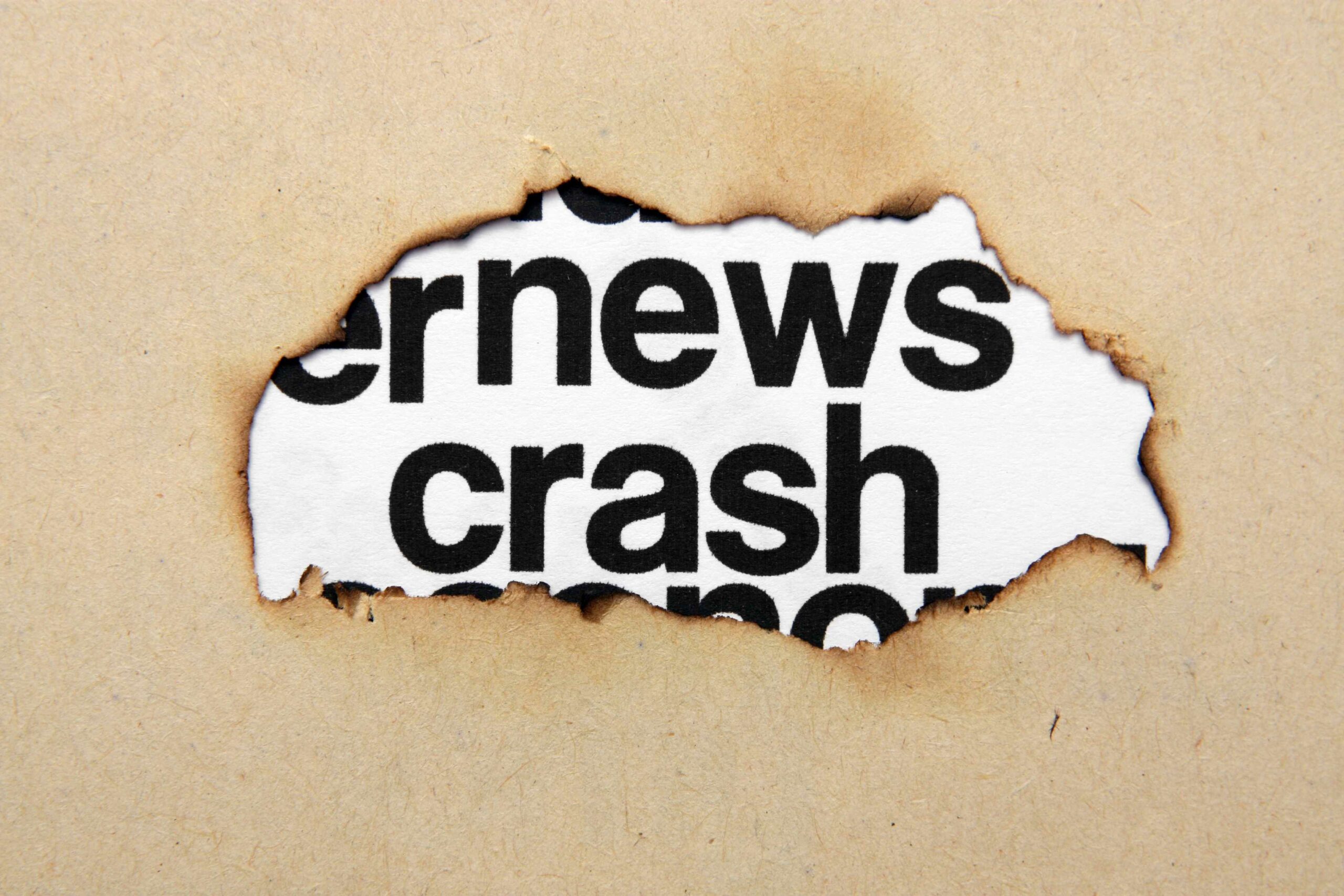Imagine you manage a business that needs some particular equipment or service—say you run a number of ice cream stores and need to purchase ice cream cones. Of course, you want to get those supplies as cheaply as possible. You would naturally try to buy all the cones you need from the same place, using your big purchase as leverage so you get the best deal possible, rather than having each store buy its own cones. That’s just commonsense, and it saves money.
But it’s not as easy to apply this principle on a larger scale than a few ice cream stores—say, a $1.3 trillion, 80,000 person department like the Department of Health and Human Services—and with a more complex product than ice cream cones—say, the thousands of different telecommunications and IT services needed to run HHS.
But this past year, the HHS team showed that you can apply this commonsense principle on that kind of scale, and deliver huge savings in the process. This month, HHS announced that it had consolidated 11 different contract opportunities under what is known as the Enterprise Infrastructure Solutions (EIS) vehicle into one contract for the whole department, with Verizon. Over the 12-year life of this new contract, our internal calculations suggest that the department could save roughly $700 million versus alternative arrangements and older contracts.
As Deputy Secretary of HHS—the department’s chief operating officer—and Assistant Secretary for Administration (ASA)—the department’s top business officer—we spend a great deal of time thinking about and working toward increasing the department’s transparency, accountability, cost efficiency, and quality of service. That is also the objective of the President’s Management Agenda (PMA), a strategy created by the White House Office of Management and Budget that HHS uses to improve how we run our department.
One of the PMA’s goals relates to what’s called category management, which aims to save taxpayer money through consolidating many smaller contracts so we can use government buying power to get better prices. A new opportunity to do this appeared several years ago: In 2017, the General Services Administration (GSA), led by Emily Murphy, announced that it would be transitioning responsibility from GSA to each cabinet department for purchasing telecommunication services using the EIS vehicle. Each year, the federal government spends billions of dollars on these services, including products like cloud storage, email servers, security programs, and more.
Following this devolution from GSA, HHS had 11 separate EIS contract opportunities—for its ten operating divisions and the Office of the Secretary—all operating independently of each other and creating an infrastructure that was complex and inefficient. If HHS had not consolidated into one contract, we would have needed to create separate multiple program management offices (PMOs) just to manage these numerous contracts.
So, in 2019, ASA, the HHS Office of the Chief Information Officer, and a dedicated acquisitions reform team—ReImagine HHS’s Buy Smarter initiative—called together technical leads from the various HHS divisions to determine what path forward made sense. The conclusion was that we could—and should—generate savings and improve services by consolidating these together into one department-wide EIS contract.
Consolidating purchases to save money makes intuitive sense. It was the idea behind the ReImagine HHS Buy Smarter initiative to improve how the department does acquisitions. But actually bringing these Buy Smarter principles all the way to implementation—consolidating the needs of 11 different large organizations into one—is a complex task that demands a lot of teamwork.
This project required creating a new PMO, within ASA, which drew on the expertise of the contract leads within the operation divisions. We brought in experts from across the department for this immensely complex process.
A great deal of work was needed to put together a contracting solicitation that met the needs of all the different HHS divisions, which include regulatory agencies like the FDA, research institutions like the NIH, healthcare providers at the Indian Health Service, and one of the world’s largest healthcare payers, the Centers for Medicare & Medicaid Services.
There were more than 275,000 different lines of inventory involved, representing a vast number of different services that would be supplied by the HHS EIS contract. Different divisions not only had different needs, and the needs they had identified for past contracts were spelled out in different language, all of which had to be harmonized. You can imagine how complex all this was!
Once we had a clear set of needs, we went through multiple rounds of negotiation with potential vendors. The final round explicitly focused on price, using our buying power to drive costs down. We had originally projected that consolidating contracts could save about $100 million over the lifetime of the contract; that would have been worth the effort. But we went much farther. Based on internal calculations, we’ve now estimated that the final agreement may result in roughly $700 million in savings and future cost avoidance. In fact, just creating one PMO to manage this contract has generated millions in cost avoidance.
Beyond just cost savings, there are other benefits to consolidation. Earlier this year, as the COVID-19 pandemic unfolded, HHS systems came under sustained cyberattacks, which we fought off successfully. As a consequence, we decided the department needed to move to new systems to secure our networks. That transition is still in process, but it has happened faster and more easily because we began consolidating EIS contracts. Looking ahead, as the federal government moves ahead with technology advances like 5G and VoIP phones, we can implement improvements across HHS faster because of our unified EIS approach.
The even better news about this contract is that it gives us confidence we can apply these common sense principles to save money and improve operations in other areas. Our work with EIS can serve as a roadmap for how to generate savings with other types of HHS acquisitions and at other federal departments.
The recognition for this success, above all, has to go to the hardworking HHS staff who made this possible: those who work in ASA, those who worked on EIS contracts within the operating divisions, and those who contributed to the ReImagine HHS Buy Smarter initiative. Each of these members of our HHS team deserve recognition for taking on this challenge and seeing it through.
More broadly, we are grateful to OMB and the PMA team for laying out a strategy for departments to undertake bold reforms, and to the GSA team for their close partnership.
Together, this team and these partnerships are just getting started, and more success is still to come. These kinds of great successes help the taxpayer and also help us enable the mission of our department—the health and well-being of all Americans. Approximately $700 million in savings and cost avoidance is more than a great start; it is a promise that a business-minded, common sense approach to the operation of government can bring fantastic results. Wish us luck!



